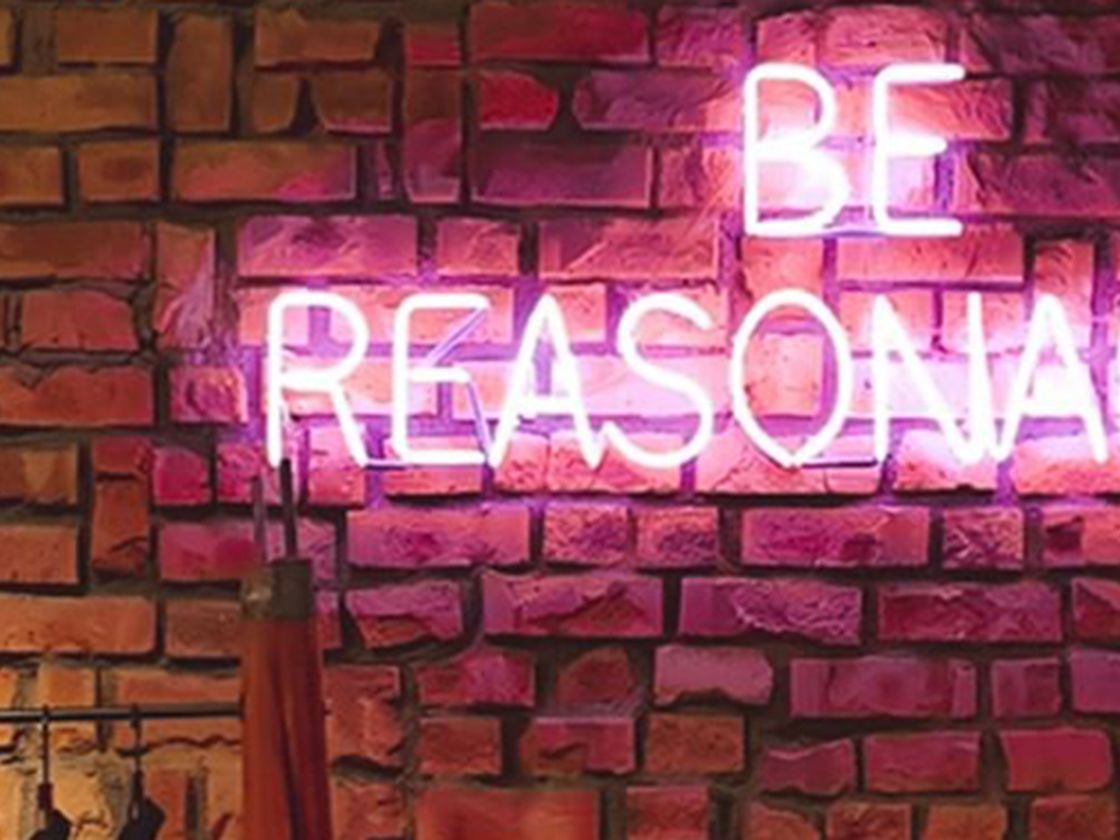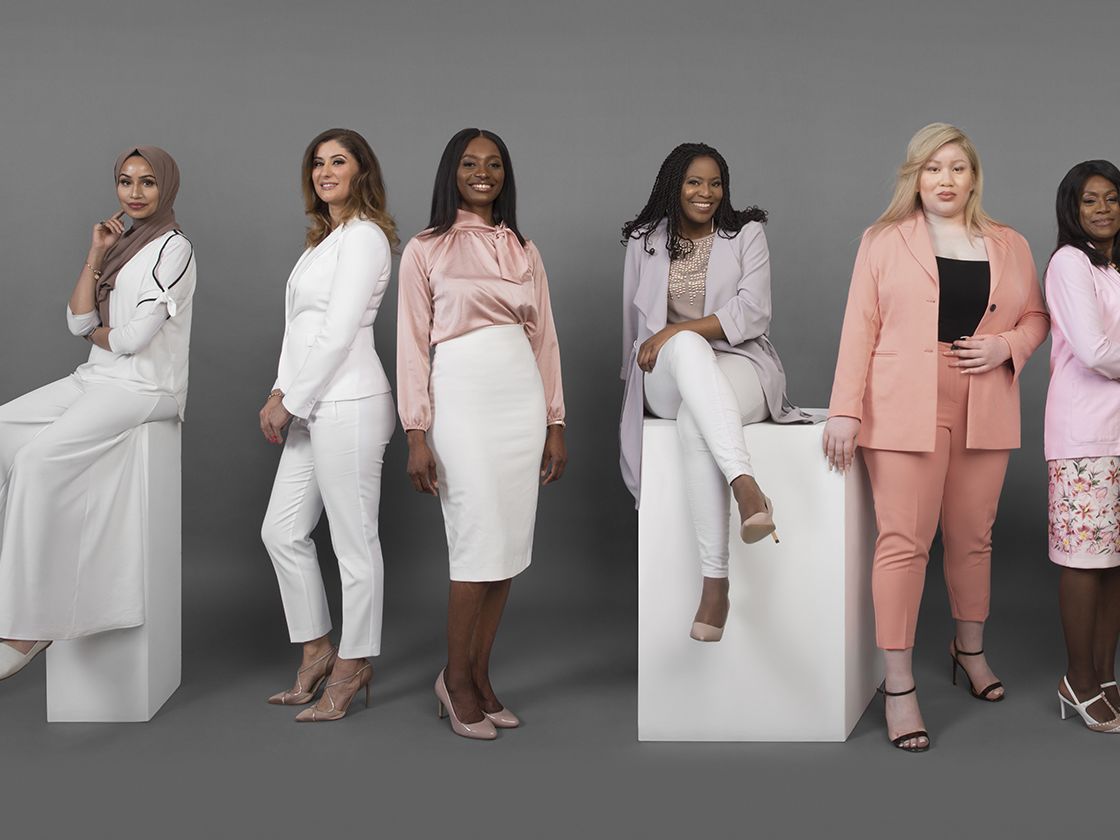A new study led by MSc Applied Psychology in Fashion alumna Shakaila Forbes-Bell, in collaboration with BSc Psychology of Fashion course leader Dr Aurore Bardey, has proved the need for more representation of black models in fashion advertising. Under the premise that "Black, Asian and Minority Ethnic (BAME) models continue to be underrepresented in the fashion and beauty industry," the researchers explored how the presence of different ethnicities in advertising could positively impact consumers’ behaviours.
“With this study we wanted to prove the concept of ‘racial congruency’, which is based on the idea that if you see your ethnicity portrayed in an ad then you’re more likely to purchase the item advertised,” Aurore explains. “We worked with a group of participants and showed them images of Caucasian and black models selling a perfume. The results concluded that black participants would be more willing to buy the perfume when they saw a black model advertising it.”

Example of stimuli used in the experiment for the research study: 'Testing the effect of consumer-model racial congruency on consumer behavior' (2019)
For the course leader, even though fashion brands seem to be embracing and promoting diversity in catwalks, when it comes to marketing and adverting there’s still a long way to go: "We're in 2019 and we’re still looking at the same ideal of beauty that has been reigning in the Western fashion industry for decades: models are tall, thin and very Caucasian."
Research has shown that black consumers feel especially underrepresented in advertising campaigns. If you're a young, black female, your only 2 role models in fashion are Rihanna and Naomi Campbell. Where are all the rest of beautiful, black females?
From a marketing perspective, Aurore highlights that brands need to start implementing more effective strategies to incorporate different ethnicities in their campaigns. This would not only help them connecting with their BAME consumers, but would also be highly beneficial from a financial perspective: “Through the findings of this study, we want to tell fashion brands that black models can sell as well. Diversity can bring money into their business.”
According to Dr Aurore Bardey, Rihanna and Naomi Campbell are the most prominent role models for young, black females.
The study was originally started by alumna Shakaila for her Final Major Project, combining her interest for the application of psychology in marketing strategies and the issues around ethnical representation in the fashion industry. However, as Aurore mentions, when we speak about diversity and inclusivity, ethnicity is only the tip of the iceberg. For her, there’s also a lot of work to do for other 2 major underrepresented groups: mature consumers and the LGTBQ+ community.
“My research aims to show that fashion brands can still make money by making people happier. If you don’t see yourself in the fashion media, you’ll feel less represented and research has shown that this can lead to eating disorders, depression, low wellbeing, etc. I call them the ‘invisible consumers’ - if you’re not visible you feel like you don’t exist, like you’re not worth it,” says Dr Bardey.
Fashion brands and media need to get better at supporting and portraying these underrepresented communities. Consumers should feel that fashion and beauty are for everyone, regardless their age, ethnicity or sexual identity.
- Follow Shakaila on Instagram and connect with Aurore on LinkedIn
- Find out more about BSc Psychology of Fashion and MSc Applied Psychology in Fashion
- Explore LCF undergraduate and postgraduate courses
- What’s on at LCF: open days and events
- More LCF Stories



